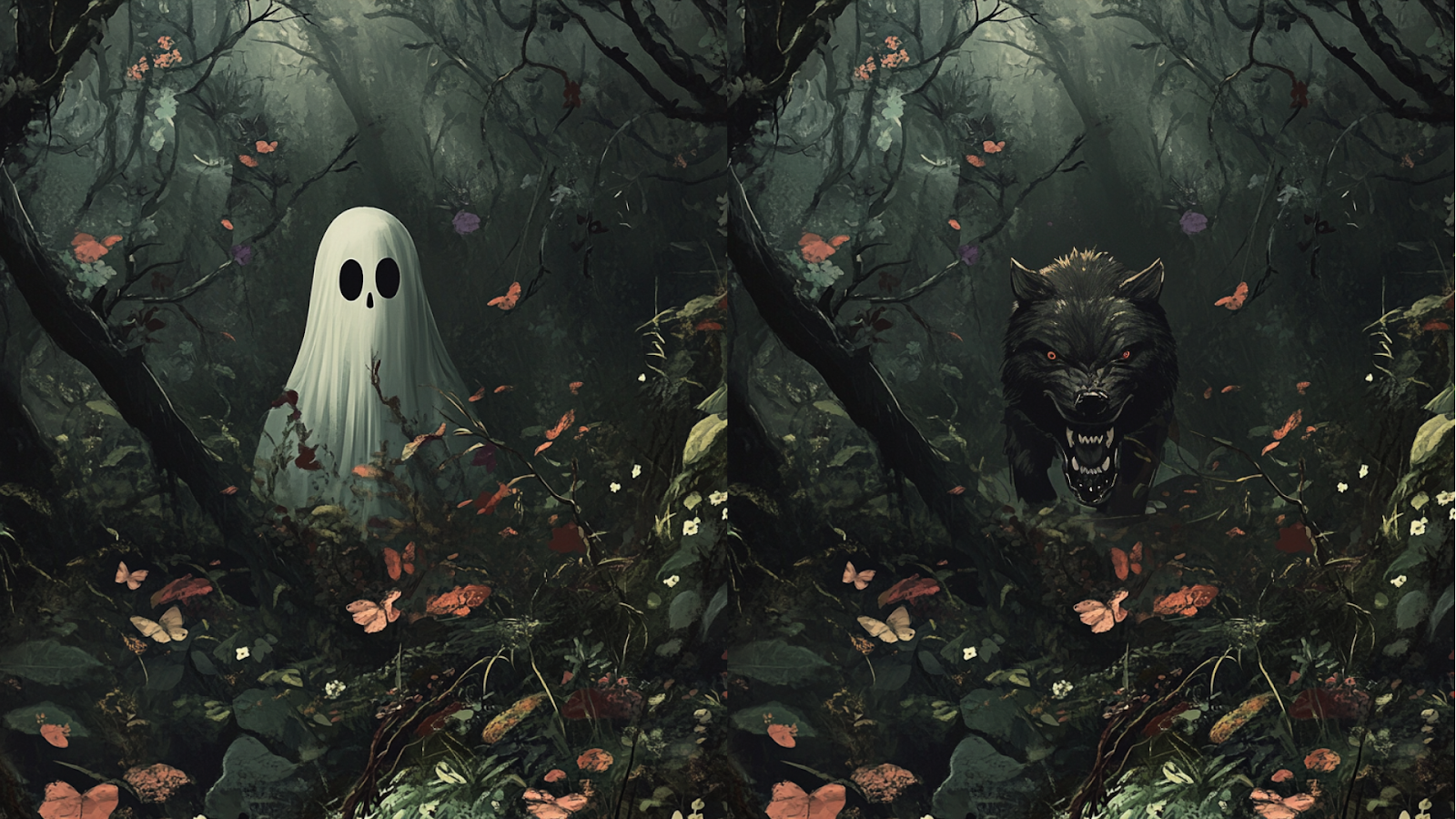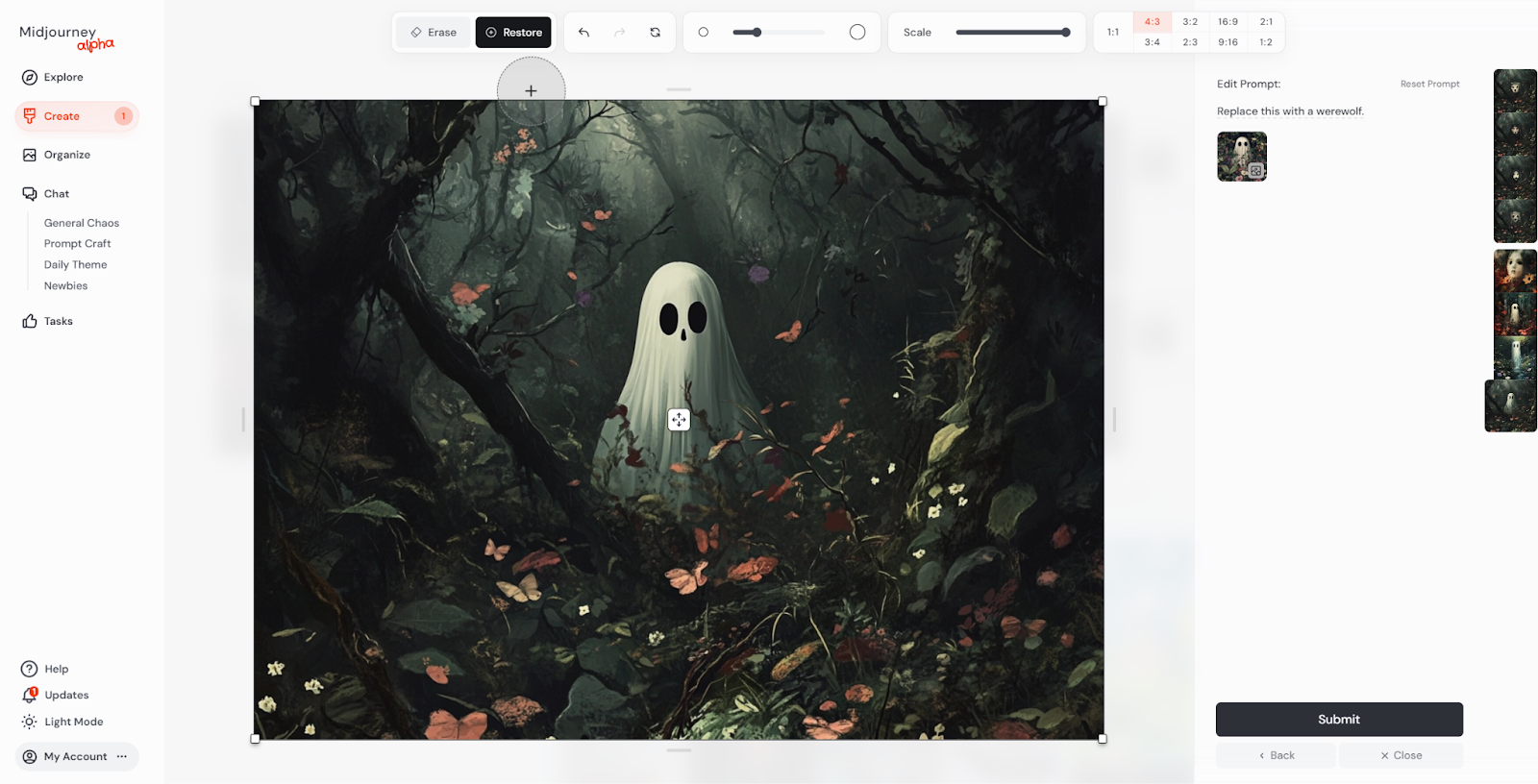I tried Midjourney's new AI-powered image editor — here's how it works

Midjourney, one of the leading artificial intelligence image generation platforms, has launched a powerful new web-based interface featuring a canvas editor and other enhancements to the user experience. I took the new tools and upgraded interface for a spin to see how they streamline the process of creating and refining AI-generated images.
This is a huge step-up from the Discord-based image generator that returning users will be familiar with. Thanks to the upgraded UI, you now have access to a centralized dashboard for creating stellar artwork, browsing for inspiration, and even editing your own images with the power of AI.
Want to hear more about the new Midjourney? Keep reading!
A unified web interface
Previously, using Midjourney required joining its Discord server to interact with the AI via text commands.
While it was good enough for a proof-of-concept, having to rely on an unfamiliar third-party platform was a deterrent for many new users. It was also far less user-friendly, without any drag-and-drop controls, menus, or sliders to simplify navigation.
With its new web interface currently in Alpha, Midjourney has introduced several new quality-of-life features to enhance the end user experience. Generating creative artwork with the power of AI is now easier than ever, with features like:
- A unified "Create" tab that allows you to generate images from text prompts, with sliders to easily adjust image size, style, and quality.
- A library where you can browse images created by other users for inspiration. You can drag interesting images from here directly into the editor to use as references for your own creations.
- Integration of message mirroring between certain Midjourney web rooms and their corresponding Discord channels.
- Faster standard image generation with a 25% speed improvement, plus quicker job reruns.
- Expanded access, allowing any user who pays $10/month to access the web-based UI, not just power users.

Canvas editor is the real star
However, the highlight of the new interface is the canvas-based image editor. Clicking "Editor" on any of your AI-generated images now opens a new tool, which consolidates features like inpainting, outpainting, and image resizing into one powerful view.
Get instant access to breaking news, the hottest reviews, great deals and helpful tips.
With the new AI-powered image editor, you can select specific areas of an image using a brush tool, then alter your text prompt to change just that area.
For example, I had previously generated some artwork featuring a stylized rendition of a ghost peeking out of the forest canopy. By erasing the ghost from the image, then changing the prompt to "scary werewolf", I was able to transform it into a slightly more insidious version. You can see how the original image compares with the final version. The editor makes this type of refinement fast and easy.
A major upgrade for AI art workflows
Midjourney's web interface and editor are a substantial improvement over the previous Discord-based process. It puts all the key tools for iterating on AI image prompts at your fingertips.
While serious artists will still want to use external tools for fine-tuned edits, the new built-in editor covers the most important bases. It's surprisingly adept at understanding which regions to change when you alter the prompt. Any new additions fit seamlessly into the style and form of the existing image. Plus the new UI is slick and responsive, making the image generation process feel more like using a modern creative app.
If you've been curious about using AI image generation in your creative projects, Midjourney's new web tools are a great place to start. My only suggestion — I’d love to see more traditional image editing tools incorporated into the AI-powered canvas editor for some added flexibility.
More from Tom's Guide
- I tried Runway Gen-3 Turbo and it let me create realistic AI videos in seconds
- 5 best AI tools I use every day — tried and tested
- Gemini's free version beat Gemini Advanced in our tests — here's how

Ritoban Mukherjee is a freelance journalist from West Bengal, India whose work on cloud storage, web hosting, and a range of other topics has been published on Tom's Guide, TechRadar, Creative Bloq, IT Pro, Gizmodo, Medium, and Mental Floss.









